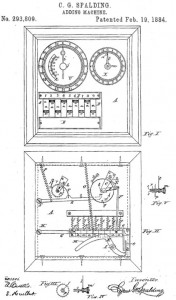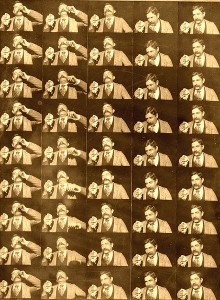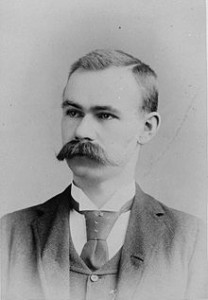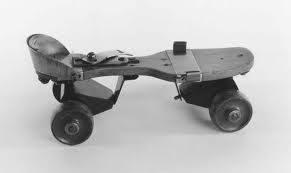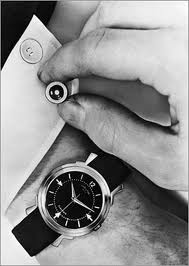Miscellaneous Technology
Adding Machine Patented
The U.S. Patent Office issues a patent for the Spalding Adding Machine. The precursor of calculators and computers, mechanical adding machines could do simple arithmetic and were popular in businesses until supplanted by computers in the 1960s.
First Subway Opens in London
The world’s first underground railway service opened in London, the Metropolitan line between Paddington and Farringdon. Approximately 40,000 Londoners ride the trains the first day.
“First” Motion Picture Film to Receive Copyright
W.K. Dickson, an employee of Thomas Edison’s movie studio, receives a copyright for a motion picture film. The 5 second demonstration was a 47-frame film showing a man sneezing. This man, Fred Ott, is now most famously known for having this sneeze recorded in film. “Fred Ott’s Sneeze” is the earliest surviving film to receive a copyright in the United States. While technically a copyright for a film had been granted to Edison’s studio in the previous year, the records for what film it was have been lost.
Punched Card Calculator Patented
Herman Hollerith is issued a US patent for his punched card calculator. 7 years later he starts a company called the Tabulating Machine Company. In 1911, this is one of 4 companies that merge to form the company that will one day be called IBM.
The First Color Newsreel
January 5, 1948
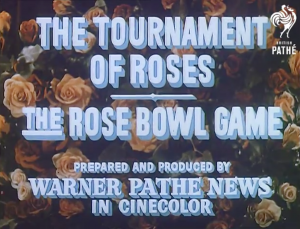
Construction Begins on Golden Gate
Construction begins on the Golden Gate Bridge, as workers began excavating 3.25 million cubic feet of dirt for the structure’s huge anchorages.
First Handheld Scientific Calculator
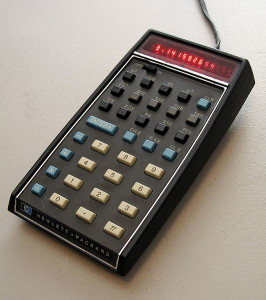
Hewlett-Packard introduces the first handheld scientific calculator, the HP-35. The precision of the calculator was greater than most mainframe computers of its time. For such a technological achievement, the name of the calculator is simply derived from the fact that it has 35 buttons. I wonder if they had to use the calculator to figure that out.
4 Wheeled Skates Patented in US
4 wheeled roller skates are patented in the United States by James Plimpton of New York. Plimpton’s design was the first dry-land skate that could maneuver in a smooth curve and which allowed for turns and the ability to skate backwards.
First Electric Watch Introduced
The Hamilton Watch Company introduces the first electric watch. The Hamilton Electric 500 was the first watch to never need winding. However its battery life was so short that frequent battery replacements were necessary. Plus, as a first of breed, the watch was not very reliable. However, it was an instant hit because the novelty of never needing to wind the watch proved extremely popular.
Hewlett and Packard Formalize Partnership

Bill Hewlett and Dave Packard formalize their business partnership. They decide to name the company after themselves, but choose the order of their names by a coin toss. Hewlett-Packard had a 50/50 chance of being named Packard-Hewlett.

